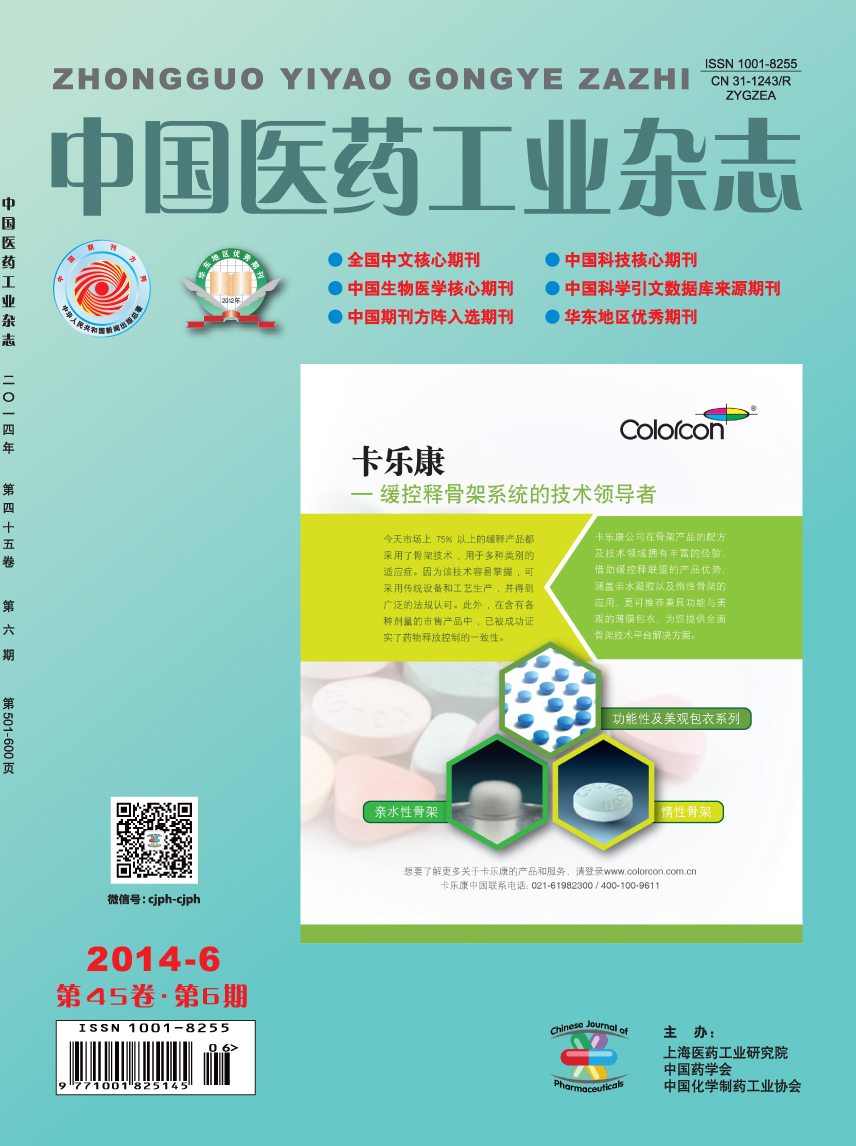CHEN Fangxiao, WANG Lei, ZENG Huanxiang, LAI Qingkuan, HUANG Huai
2014, 45(6): 560-563.
An HPLC method was established for the determination of the related substances in esomeprazole magnesium enteric-coated capsules. An XBridge C18 column was used with the mobile phase of acetonitrile︰pH 7.6 phosphate buffer︰water (10︰10︰80, A) and acetonitrile︰pH 7.6 phosphate buffer︰water (80︰1︰19, B) by gradient elution, at the detection wavelength of 302 nm. The calibration curves were linear for esomeprazole magnesium and its related substances, H118/87, H168/66, H431/41 and H193/61, in the ranges of 0.04 - 2.0, 0.04 - 2.0, 0.04 - 2.0, 0.05 - 10.0 and 0.04 - 2.0 μg/ml. Their average recoveries were 99.5%, 96.7%, 99.8%, 98.9% and 99.3%, with RSDs of 0.45%, 0.20%,0.78%, 0.43% and 0.41%, respectively.
